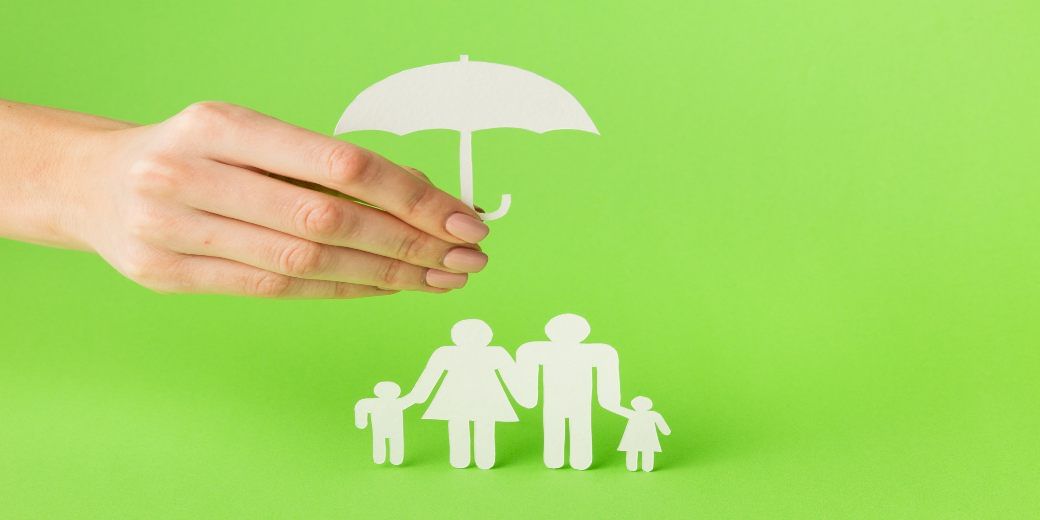In crisis, credit insurance to bail out borrowers
As the debt is repaid, the insurance coverage decreases. In a way, credit insurance is a life insurance policy, but it's tied to the bank's loan account.

We all take loans to fulfil our needs to buy a house, a vehicle, jewellery and business. Routinely, the borrower also mortgages a property as cover for the loan. The loan needs to paid on monthly basis or as per agreemnet with the lending agency. But what happens in case an unforeseen tragedy strikes the borrower? If the loan is not repaid, the lender may take steps to sell the mortaged property. To avoid such a situation, it would be advisable to get a credit insurance.
What is credit insurance, how does it work? Let’s understand.
When you take a loan to buy a house or for your business, the bank insists on buying an insurance policy alongside it. This policy is designed in a specific way. Its coverage is equal to the amount of the loan. As the debt is repaid, the insurance coverage decreases. In a way, this is a life insurance policy, but it’s tied to the bank’s loan account.
Credit insurance comes in various types among them, life credit insurance is the most popular. It also includes disability, property, and credit receivable insurance.
Credit receivable insurance means that if a person or a firm has a payment stuck with a customer, the insurance will cover it.
Let’s take example. If a person takes a loan of Rs 50 lakh for his business and opts for credit insurance, along with repaying the EMI, the insurance coverage would gradually decrease. Let’s say he had Rs 40 lakh of the loan outstanding when he passes away, the bank would cover the amount through insurance, sparing the borrower’s from financial stress.
Similarly, if a person becomes disabled due to illness or accident, credit insurance through the bank would cover the loan.
The premium for credit insurance is determined based on the loan amount, the borrower’s age, and any loading due to existing illnesses.
Typically, credit insurance has a single premium that is included in the loan amount. However, it’s not mandatory to choose the single premium option. You can also opt for a monthly or annual premium for it. It’s not necessary to obtain credit life insurance from the lending bank alone. You can also deposit an amount equal to the loan amount with the bank, taking a term plan.
If you are healthy and your job or business is doing well, you can easily pay off the loan’s EMI. However, in the event of an accident or illness resulting in disability, the loan’s EMI might come to a halt. In such a scenario, the liability of the loan should not fall on the family. For this, credit insurance comes in handy.
This insurance covers the repayment of home loans, car loans, and business loans. If the breadwinner of the family is the sole earner, it’s necessary to have insurance to cover the loan’s liability.
Tax and investment expert Balwant Jain suggests that for the financial security of your family, purchase a term insurance plan with coverage up to 15 times your annual income. Keep this policy separate from your loan.
Purchase a separate term plan equal to the amount of the loan you are taking. If you do not take separate insurance to cover the loan, your family’s goals may not be met in your absence..
Jain advises that home loans have a long tenure of 10 to 20 years, so choose the insurance premium on an annual basis.
If you repay the loan before the predetermined term, you can stop paying the term plan premium. This can result in significant savings in terms of the premium.
The primary purpose of credit insurance is to ensure the financial security of families of the borrowers.
This policy is also beneficial for the bank. If the borrower is no longer present, the bank does not incur losses, and it avoids additional legal procedures for recovery

